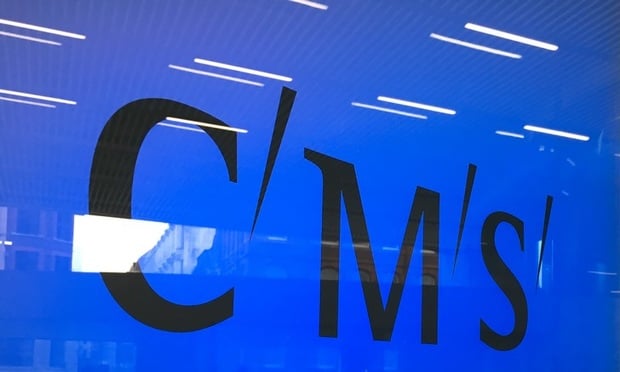Next stop, the States: why the CMS merger story is far from over
Eighteen months on from its ambitious three-way merger, CMS is now setting its sights on the US
November 26, 2018 at 05:17 AM
8 minute read
Just over 18 months after the three-way merger of CMS Cameron McKenna, Nabarro and Olswang, the repackaged CMS is continuing to confound expectations.
Despite widespread scepticism about the prospects for such an ambitious undertaking, post-merger fallout has been kept to a minimum, with the recent departure of a real estate team a rare example of issues raised by the combination.
And with the union now bedded in, the firm is now turning its attention to a US tie-up – a goal that managing partner Stephen Millar describes as "a priority".
So can it really have been that simple?
Last year's merger created a firm of nearly 2,500 lawyers in the UK and more than 4,500 around the world, with combined revenues breaking through the £1bn mark in its first year, and like-for-like profitability up almost 20%.
The cost of trussing together the three firms has been high – Millar cites a total bill of £45m, which the firm will pay during this year and next. But he claims the combination has helped the firm secure "a bigger share of the wallet", with roles on an increasing number of what he describes as "headline" deals.
Mergermarket stats for the first three quarters of 2018 bear this out, with the firm topping the UK M&A rankings by volume and rising from 43rd in last year's Q1-Q3 value rankings to ninth this year, after 92 roles worth a combined $32.4bn (£25.2bn).
 "It's gone fantastically well – people are excited about what the firm is achieving, and at the partner level there's a great deal of mutual respect for the aspiration," says Millar (pictured).
"It's gone fantastically well – people are excited about what the firm is achieving, and at the partner level there's a great deal of mutual respect for the aspiration," says Millar (pictured).
"The first three months were a bit painful," he concedes. "But that was due to the sheer amount of change. Issues were largely operational and it was a huge logistical effort, and a lot of it had to do with people getting to know one another. And you can't shut a law firm down while you do a merger, it takes time. About 80 million documents had to be transferred, which was a huge load on the system."
Despite this, Millar believes that "most people will now say that [the process] was remarkably smooth".
"It was a case of getting used to new systems, new locations and new people. While there were one or two decisions we could have approached differently, there's nothing that stands out. The IT worked on the first day, as did the financial system. It all happened without a glitch," he claims.
We're very keen to do something in the US
Real estate head Ciaran Carvalho, who as Nabarro senior partner also played a central role in the merger talks, speaks in similarly incandescent terms: "If they said we'd achieve what we've achieved, we'd have been astounded. It's collaborative and collegiate, and we couldn't have expected more."
He adds: "The proof in the pudding is that only a small number of partners have left. We have also recruited a number of laterals who wouldn't have joined the other [legacy] firms on their own."
As well as the 10-strong real estate team that left for Fladgate, departures have included litigator Ian Felstead, who joined Latham & Watkins last year, while earlier this year IP partner Kevin Cordina left to join Olswang's former interim CEO Michael Burdon at Simmons & Simmons.
However, incoming hires have included Norton Rose Fulbright financial services regulatory partner Elisabeth Bremner, Dentons transport partner David Moore and Sedgwick insurance partner Tristan Hall, among others.
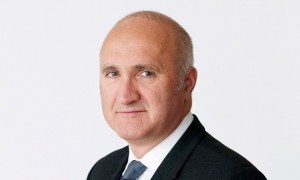 Carvalho (pictured) also talks up the kind of work the combined firm has been able to handle that each of the legacy firms would have found harder to win on their own.
Carvalho (pictured) also talks up the kind of work the combined firm has been able to handle that each of the legacy firms would have found harder to win on their own.
"We're adapting our business – one of the things that the post-merger scale has done is create something distinctive and different. The international platform is great and we're definitely viewed differently. We're getting in the kind of deals that each individual firm would not have attracted, such as for the Crown Estate, which needed depth and strength. Having integrated expertise across a number of offices helps."
The firm has also won new post-merger work with Metro Bank, fibre broadband company CityFibre and global theatre giant Stage Entertainment, and was last year appointed to BP's new panel.
The US question
For CMS's management, if the firm is to have the international clout it seeks, a US merger is now a key strategic goal. "We're very keen to do something in the US, which has been a priority for some time," says Millar. "It would put us into quite a different place. It's important for a number of reasons – New York, Silicon Valley and Houston are particularly important centres for us given the financial services, tech and energy focus the firm has."
One former partner suggests a US tie-up has always been a target, and is also likely to have been a driver behind the 2017 merger: "The firm's management has always had an ambition to be of a certain size to attract a worthy US partner to serve a growing international client base. But to achieve this, it needs to show that its turnover, post-merger, is credible, and that its growth is sustainable. Although the firm is made up of satellite parts, the UK side of the business is now a big player in the market. It will look for a US firm of equal worth."
The key question is how such a merger might take shape – whether a fully integrated tie-up, a Swiss verein deal, or as a more loosely integrated addition to the CMS global network, which currently operates as a European Economic Interest Grouping.
"Most transatlantic mergers have followed the same pattern," says one consultant with experience of transatlantic mergers. "The client origination and operational aspects have tended to move gradually in one direction – towards a more US model of doing things."
While names of potential partners are beginning to circulate in the market, CMS's unconventional structure may present a challenge in securing a suitable US target.
"The problem for modern-thinking firms – with remote working, hotdesking, a more diffuse client model [and] an emerging tech tilt – is that the further you go in that direction, the harder it is to shoehorn that into a US business," adds the consultant.
Another key challenge for CMS is how to leverage the strong real estate and technology, media and telecoms (TMT) brands of Nabarro and Olswang now subsumed into the CMS moniker.
One person with knowledge of the merger suggests that a braver move could have been to keep each firm as a separate business. "You wouldn't combine the names of Fiat and Ferrari, would you? Post-merger, the strong brand recognition inherent in Olswang and Nabarro – two powerful names in their respective fields – became defunct."
However, Millar argues: "One of the most significant things was that suddenly our ability to sell to other sector clients became much easier, given that so many corporates are dealing with tech challenges. You've got real estate tech, energy tech and more, so we were able to sell a huge amount extra.
"And Nabarro's capital markets team was bigger and stronger than CMS's, and they had a great litigation practice as well, and Olswang had a really good real estate practice too. So behind the headlines was so much more."
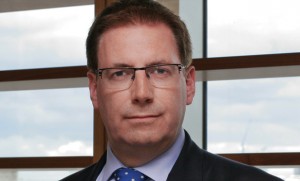 Executive partner and former Olswang CEO Paul Stevens, another architect of the tie-up, adds: "Part of the rationale behind the merger was to invest time, energy and resource to develop better ways of serving clients through tech, processes and new approaches. We're on a path to achieving that."
Executive partner and former Olswang CEO Paul Stevens, another architect of the tie-up, adds: "Part of the rationale behind the merger was to invest time, energy and resource to develop better ways of serving clients through tech, processes and new approaches. We're on a path to achieving that."
While the firm continues along that path, Millar is keen to stress there is no rush to make the next strategic move. "The last thing we'd want to do is do the wrong thing in the US," he says. "We will be patient and not rush it. We're quite happy to wait for an alignment – for the right moment."
This content has been archived. It is available through our partners, LexisNexis® and Bloomberg Law.
To view this content, please continue to their sites.
Not a Lexis Subscriber?
Subscribe Now
Not a Bloomberg Law Subscriber?
Subscribe Now
NOT FOR REPRINT
© 2025 ALM Global, LLC, All Rights Reserved. Request academic re-use from www.copyright.com. All other uses, submit a request to [email protected]. For more information visit Asset & Logo Licensing.
You Might Like
View All
Hengeler Advises On €7B Baltica 2 Wind Farm Deal Between Ørsted and PGE
2 minute read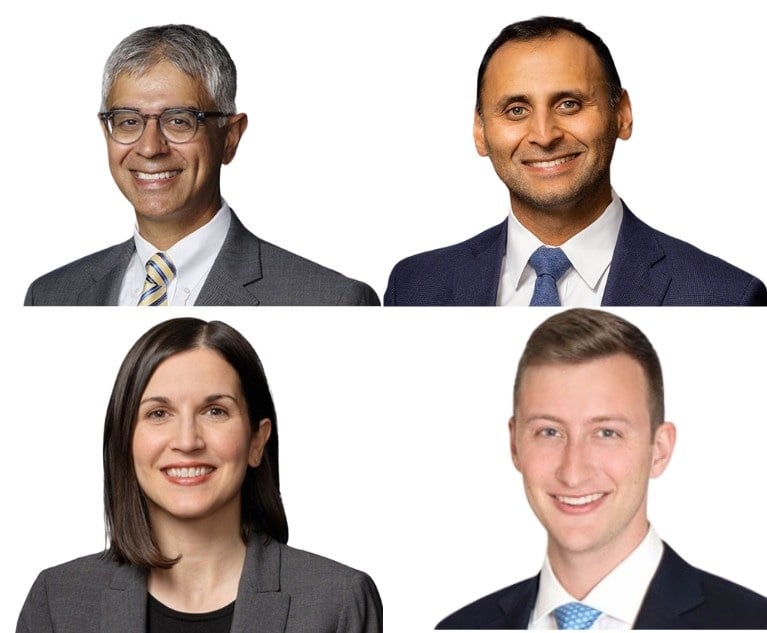
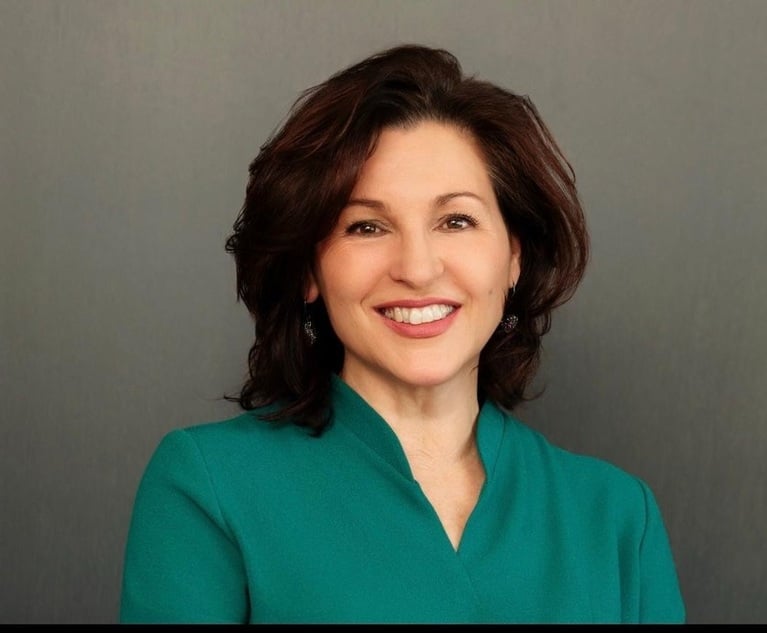
A&O Shearman To Lose Another Five Lawyers, Including Madrid Practice Head, to EY
3 minute readTrending Stories
- 1AIAs: A Look At the Future of AI-Related Contracts
- 2Litigators of the Week: A $630M Antitrust Settlement for Automotive Software Vendors—$140M More Than Alleged Overcharges
- 3Litigator of the Week Runners-Up and Shout-Outs
- 4Linklaters Hires Four Partners From Patterson Belknap
- 5Law Firms Expand Scope of Immigration Expertise, Amid Blitz of Trump Orders
Who Got The Work
J. Brugh Lower of Gibbons has entered an appearance for industrial equipment supplier Devco Corporation in a pending trademark infringement lawsuit. The suit, accusing the defendant of selling knock-off Graco products, was filed Dec. 18 in New Jersey District Court by Rivkin Radler on behalf of Graco Inc. and Graco Minnesota. The case, assigned to U.S. District Judge Zahid N. Quraishi, is 3:24-cv-11294, Graco Inc. et al v. Devco Corporation.
Who Got The Work
Rebecca Maller-Stein and Kent A. Yalowitz of Arnold & Porter Kaye Scholer have entered their appearances for Hanaco Venture Capital and its executives, Lior Prosor and David Frankel, in a pending securities lawsuit. The action, filed on Dec. 24 in New York Southern District Court by Zell, Aron & Co. on behalf of Goldeneye Advisors, accuses the defendants of negligently and fraudulently managing the plaintiff's $1 million investment. The case, assigned to U.S. District Judge Vernon S. Broderick, is 1:24-cv-09918, Goldeneye Advisors, LLC v. Hanaco Venture Capital, Ltd. et al.
Who Got The Work
Attorneys from A&O Shearman has stepped in as defense counsel for Toronto-Dominion Bank and other defendants in a pending securities class action. The suit, filed Dec. 11 in New York Southern District Court by Bleichmar Fonti & Auld, accuses the defendants of concealing the bank's 'pervasive' deficiencies in regards to its compliance with the Bank Secrecy Act and the quality of its anti-money laundering controls. The case, assigned to U.S. District Judge Arun Subramanian, is 1:24-cv-09445, Gonzalez v. The Toronto-Dominion Bank et al.
Who Got The Work
Crown Castle International, a Pennsylvania company providing shared communications infrastructure, has turned to Luke D. Wolf of Gordon Rees Scully Mansukhani to fend off a pending breach-of-contract lawsuit. The court action, filed Nov. 25 in Michigan Eastern District Court by Hooper Hathaway PC on behalf of The Town Residences LLC, accuses Crown Castle of failing to transfer approximately $30,000 in utility payments from T-Mobile in breach of a roof-top lease and assignment agreement. The case, assigned to U.S. District Judge Susan K. Declercq, is 2:24-cv-13131, The Town Residences LLC v. T-Mobile US, Inc. et al.
Who Got The Work
Wilfred P. Coronato and Daniel M. Schwartz of McCarter & English have stepped in as defense counsel to Electrolux Home Products Inc. in a pending product liability lawsuit. The court action, filed Nov. 26 in New York Eastern District Court by Poulos Lopiccolo PC and Nagel Rice LLP on behalf of David Stern, alleges that the defendant's refrigerators’ drawers and shelving repeatedly break and fall apart within months after purchase. The case, assigned to U.S. District Judge Joan M. Azrack, is 2:24-cv-08204, Stern v. Electrolux Home Products, Inc.
Featured Firms
Law Offices of Gary Martin Hays & Associates, P.C.
(470) 294-1674
Law Offices of Mark E. Salomone
(857) 444-6468
Smith & Hassler
(713) 739-1250





